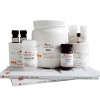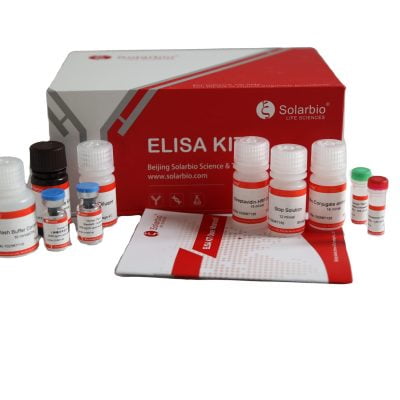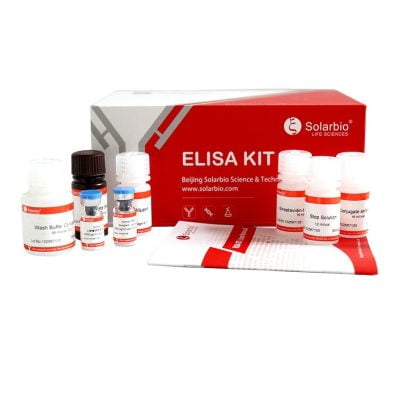Présentation du produit
Caractéristiques
2*96T
Reactivity
Human
Échantillon type
Serum/Plasma/Cell Culture Supernatant
Reaction Time
3 hours and 15 minutes
Detection Range
1.56 – 100 de/ml
Sensibilité
0.8 de/ml
Application
ELISA
Conditions de stockage
2-8°C
Durée de conservation
6 mois
Unité
Box
Arrière-plan
Immunoglobulin G (IgG) is synthesized and secreted by B cells, accounting for 75% of the total immunoglobulin content in the serum, making it the most abundant antibody type in the peripheral circulation. IgG has four subclasses: IgG1, IgG2, IgG3, and IgG4. IgG4 is the least abundant subclass in serum, accounting for 4% of total IgG. Its concentration in the body ranges from 0.35 à 0.51 mg/ml, although it varies among individuals. In healthy individuals, IgG4 concentrations can range from 10ug/ml to 1.4 mg/ml. The homology between the heavy chains of IgG4 and the other three IgG subclasses exceeds 95%. Many cytokines are involved in promoting the production of IgG4, and these cytokines are similar to those involved in promoting IgE production, such as IL-4, IL-5, IL-6, IL-7, IL-9, and IL-13. En plus, IL-10 and IL-12 are also involved in promoting IgG4 production. Elevated levels of IgG4 in the body lead to a series of inflammatory diseases collectively known as IgG4-related diseases, including sialadenitis, pancreatitis, cholangitis, aortitis, thyroiditis, etc..





Commentaires
Il n'y a pas encore de critiques.